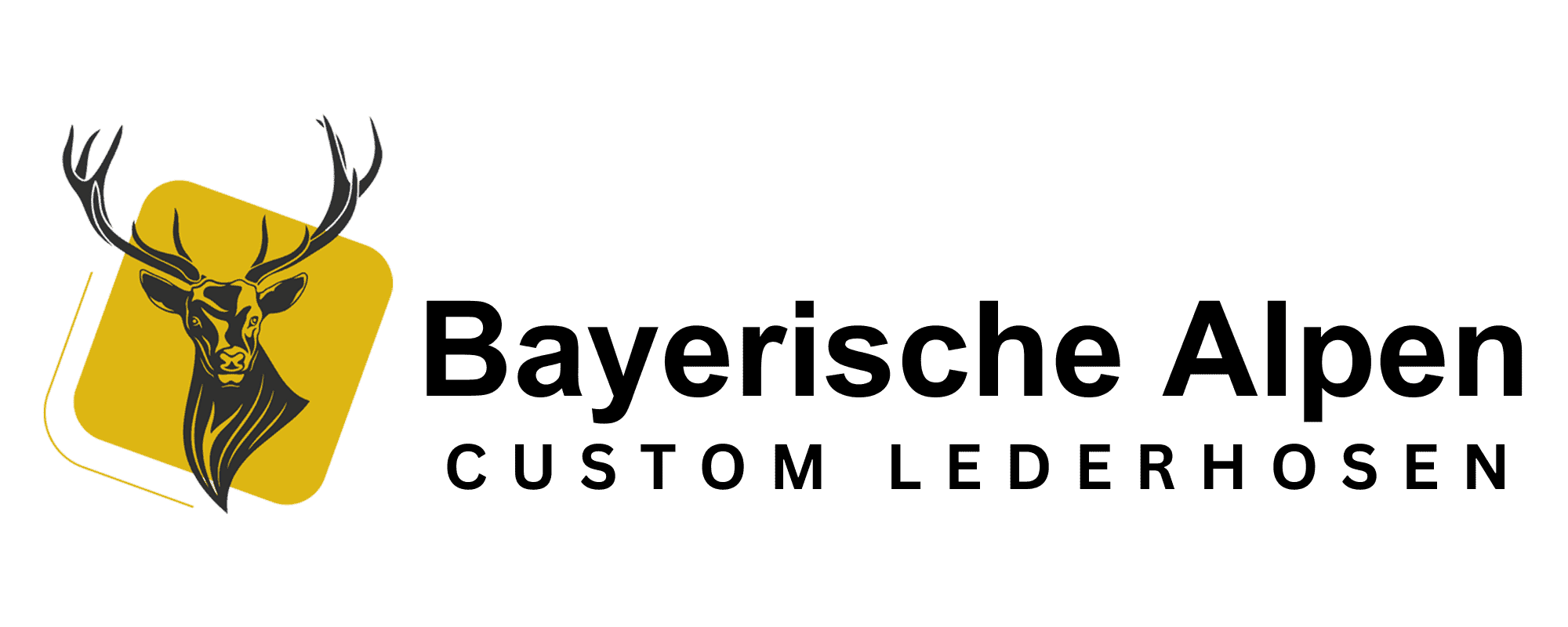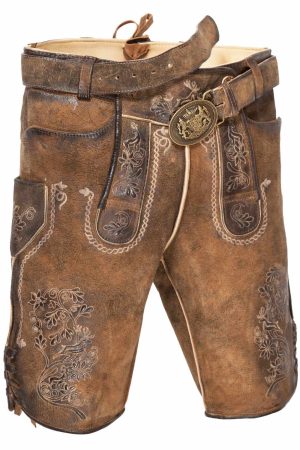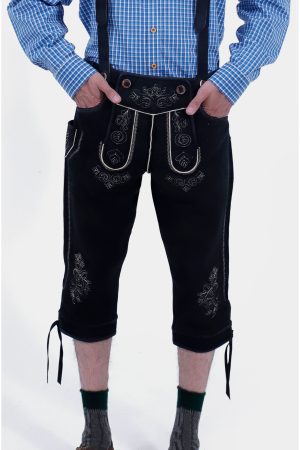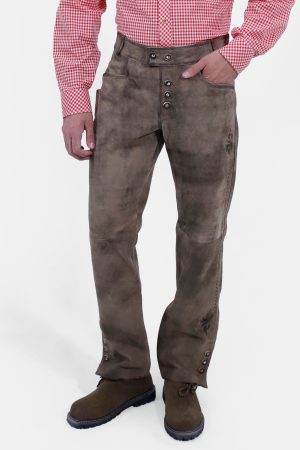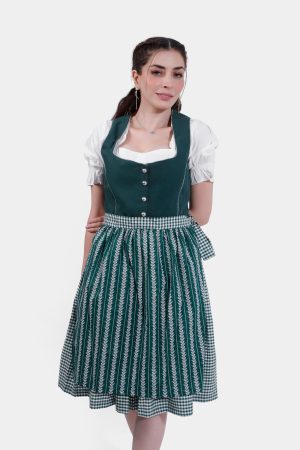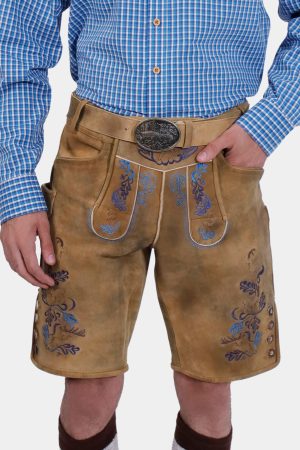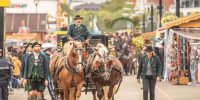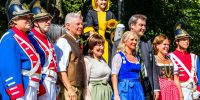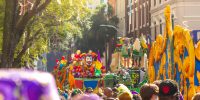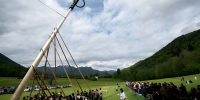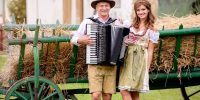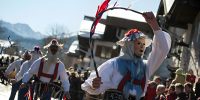The German-American Steuben Parade is an annual event that celebrates German-American heritage, culture, and contributions to the United States. Held in New York City, this vibrant and colorful parade has become a staple of the city’s cultural calendar, attracting thousands of visitors from around the world. In this article, we’ll explore the history, significance, and festivities associated with the German-American Steuben Parade, providing a deeper understanding of this remarkable celebration.
History and Background
The German-American Steuben Parade was first held in 1957, inspired by similar events in Germany and established to honor the contributions of German-Americans to the United States. The parade is named after Friedrich Wilhelm von Steuben, a Prussian-born military officer who played a crucial role in the American Revolutionary War. Von Steuben’s contributions to the American army were instrumental in securing victory against the British, making him a celebrated figure in both American and German history.
Significance of the Parade
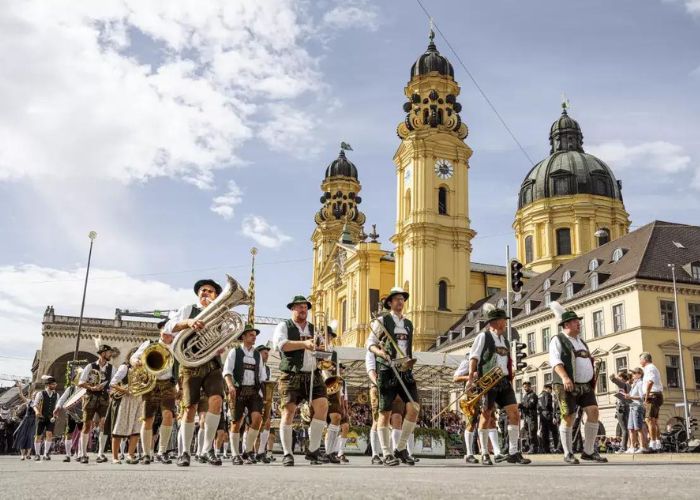
The parade serves multiple purposes: it is a celebration of German-American heritage, a display of unity among people of German descent, and an opportunity to share German culture with a broader audience. It fosters a sense of community and pride among participants and spectators alike, highlighting the enduring bonds between the United States and Germany.
The Parade Experience
The German-American Steuben Parade features a wide range of participants, including traditional German bands, dance groups, folk art troupes, and representatives from various German-American organizations. Marchers don traditional attire such as lederhosen and dirndls, adding to the parade’s authenticity and festive atmosphere.
Floats adorned with symbols of German culture, history, and achievements parade down Fifth Avenue, accompanied by the sounds of German music and the cheers of onlookers. The parade concludes with a grand Oktoberfest celebration in Central Park, where attendees can enjoy German food, beer, music, and dancing.
Traditional Costumes of the German-American Steuben Parade
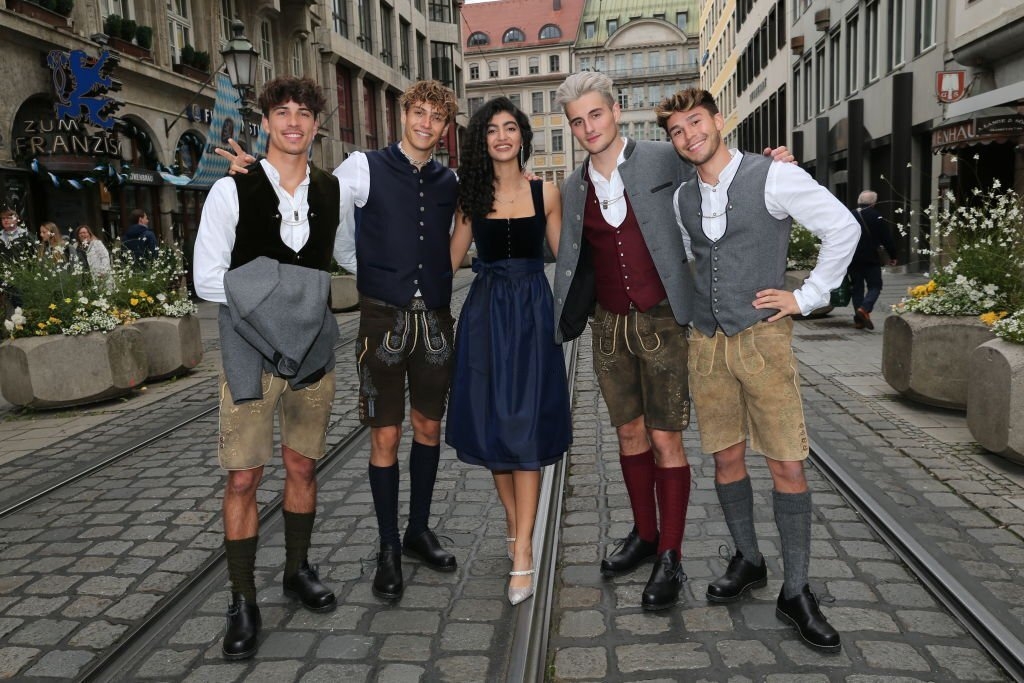
During the German-American Steuben Parade, participants often wear traditional German attire to celebrate their heritage and add to the festive atmosphere of the event. The most common costumes include:
Lederhosen: These are knee-length shorts or pants made of leather, typically worn by men. They are often decorated with embroidery and come in various styles, ranging from short to full-length. Lederhosen are usually accompanied by suspenders and a drop-front flap.
Dirndls: A traditional dress worn by women, consisting of a bodice, a blouse, a full skirt, and an apron. Dirndls come in various lengths, colors, and patterns, reflecting different regions of Germany and personal tastes.
Trachten: This term refers to traditional Bavarian and German attire in general. Apart from lederhosen and dirndls, trachten can include various regional costumes that feature distinctive hats, vests, blouses, and socks.
Bundhosen: Similar to lederhosen, these are longer pants that go down to the ankles, often worn for more formal occasions or by those preferring a different style.
Alpine Hats: These felt hats, known as “Trachtenhüte,” are often adorned with feathers, pins, or brushes and are a common accessory for both men and women during the parade.
Participants might also accessorize their outfits with traditional Bavarian shoes, like Haferlschuhe, and decorative items like Edelweiss pins, which add to the authenticity and flair of the costumes. The aim is to celebrate German culture, so many participants go to great lengths to ensure their outfits are as authentic and detailed as possible.
Cultural Impact and Community Involvement
The parade plays a significant role in preserving and promoting German culture in the United States. It provides a platform for German-Americans to express their cultural identity and educates the wider public about Germany’s rich traditions and history. Community involvement is a cornerstone of the event, with numerous volunteers, local businesses, and cultural organizations contributing to its success.
Conclusion
The German-American Steuben Parade is more than just a parade; it is a vibrant celebration of cultural heritage, a symbol of friendship between nations, and an expression of community pride. It offers a unique opportunity for people of all backgrounds to experience German culture and traditions, fostering greater understanding and unity among diverse groups. Whether you are of German descent or simply interested in experiencing one of New York City’s most colorful and joyful events, the German-American Steuben Parade is an occasion not to be missed.
FAQs About the German-American Steuben Parade
Q: When is the German-American Steuben Parade held?
A: The parade is typically held on the third Saturday in September each year.
Q: Where does the parade take place?
A: The parade marches along Fifth Avenue in New York City, starting from 68th Street and ending in Central Park.
Q: Can anyone attend the parade and Oktoberfest?
A: Yes, the parade and the subsequent Oktoberfest celebration in Central Park are open to the public.
Q: How can I participate in the parade?
A: Individuals and groups interested in participating can contact the parade organizers through the official parade website for registration and information.
Q: Are there any events associated with the parade besides the Oktoberfest celebration?
A: Yes, there are often additional events such as gala dinners, cultural exhibitions, and musical performances leading up to the parade.
